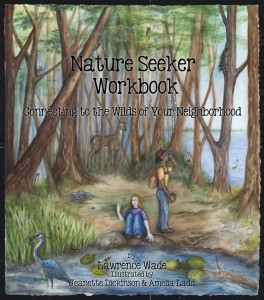-
Visit us on Facebook and post your own nature photos!
Nature Seeker Workbook!

Nature Seeker Workbook: $12 per book plus $4 per book for shipping, handling and state tax ($16 total).
Whales In The Classroom Presents: Oceanography

Whales in the Classroom present: Oceanography: $12 per book plus $4 per book for shipping, handling and state tax ($16 total).
Getting to Know the Whales

Getting To Know The Whales: $12 per book plus $4 per book for shipping, handling and state tax ($16 total).
Recent Comments
- Dale Antonson on The Eye of the Whale
- Paul on The Eye of the Whale
- Becky Knickerbocker on The Eye of the Whale
- Vicki D on The Eye of the Whale
- Carol Izad on The Eye of the Whale
Categories
